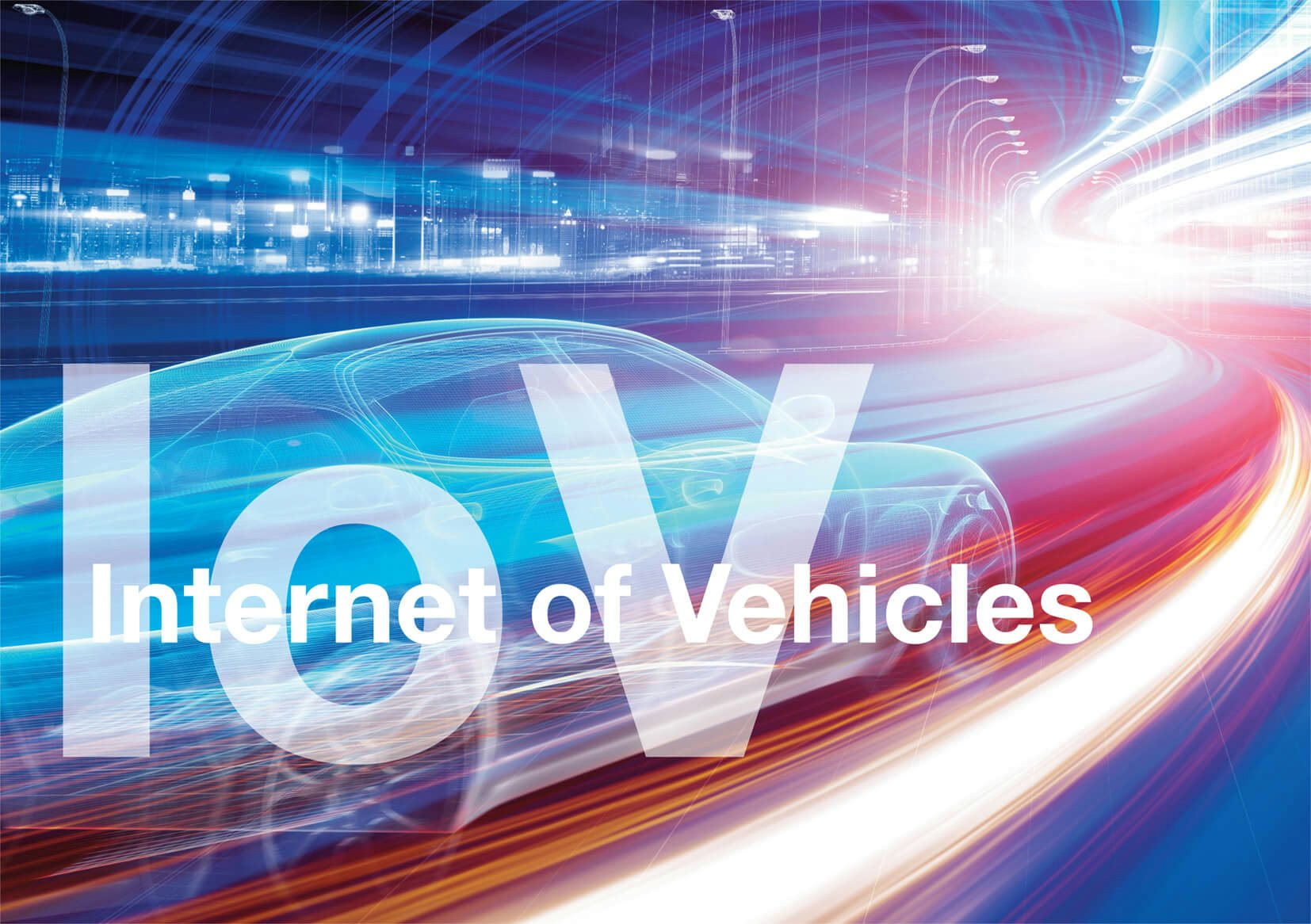Looking at the Internet of Vehicles
IoT can be broken down into many smaller sections – oil, energy, food, money, you name it – and Dashboard keenly monitors the development of these areas as well as general trends. One of the most important areas is, in our opinion, the Internet of Vehicles (IoV) and its future.
IoV is a collective term for all smart cars, buses, trains, airplanes and the like. These are equipped with smart communication systems and automation structures, which allow the vehicles to be more autonomous and a better fit for the consumer. Adaptation to weather conditions, user preference storage and failure prevention are only some of the features that make these vehicles so attractive to corporate and private customers alike, and we at Dashboard see an increase in sales and innovation of IoV in the near future.
The range and potential of development for this field are endless, and it is visible today more than ever. Five identified communication systems– V2V (vehicle-to-vehicle), V2R (vehicle-to-road), V2H (vehicle-to-human), V2S (vehicle-to-sensor) and V2I (vehicle-to-Internet) – are a key factor in the success of IoV, and this is exactly what we believe has started the movement to get smarter vehicles. They are the core of the concept since they initiate the interaction with surroundings and relevant technologies and separate the new generation of vehicles from the old.
Currently, IoV is looking profoundly into two elements: self-driving cars and security. The former can be seen as a ‘prompter’ of the latter (and many other general IoT improvement strategies), as self-driving cars would pose a higher risk and require computers that are more intelligent. It is for these reasons that Dashboard has taken such an interest in IoV and we look forward to reviewing the progress and providing our customers with the latest news.
More details can be found here.
